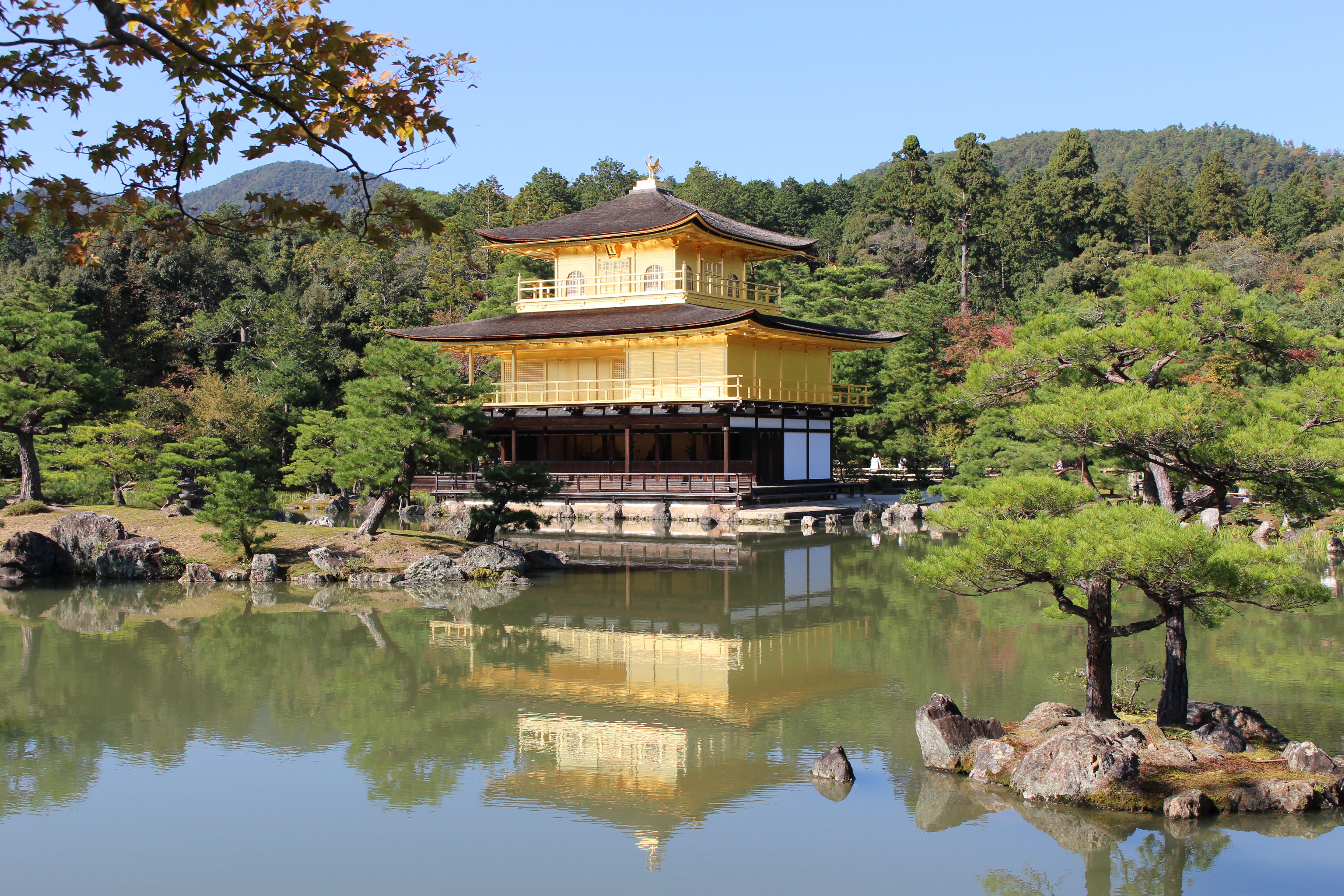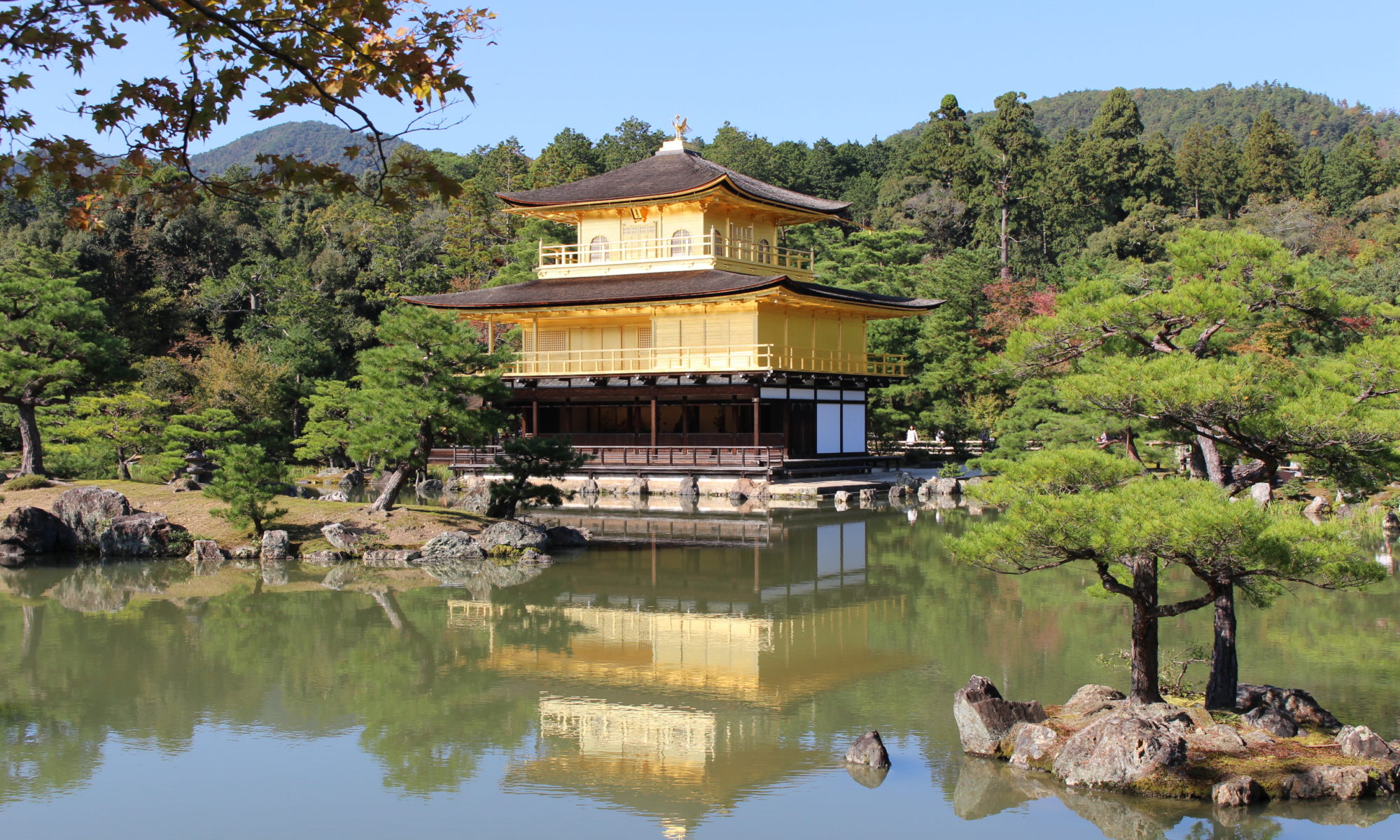This is the page for my course Introduction to Japan Studies taught in the spring term 2024.
Introduction to Japan Studies Rubric 2024
Introduction to Japan Studies ALH 2024
Week 1: 9 April
Course Orientation. Lecture: “The Infrastructure of Japan Studies”.
University Departments/Programs (where we work/study): TUFS, Meiji University, Hokkaido University, University of Tokyo, Harvard University, Ateneo de Manila University, Rio State University, University of Melbourne, University of Central Lancashire … etc.
Research Institutes: International Research Center for Japanese Studies (Nichibunken), German Institute for Japanese Studies … etc.
Academic Organizations/Conferences (where we gather to discuss Japan): Association for Asian Studies, British Association for Japanese Studies, European Association for Japanese Studies, Asian Studies Conference Japan … etc. <– Choose two of these conferences for your Active Learning Hours (ALH) Report (deadline 28 May).
Academic Journals (scholarly articles about Japan): Journal of Japanese Studies, Japan Forum, Social Science Japan Journal, Monumenta Nipponica, Asia-Pacific Journal: Japan Focus, Contemporary Japan, Japan Review, Journal for Japanese Studies, Journal of Asian Studies … etc. <–Choose two of these journals for your Active Learning Hours (ALH) Report (deadline 28 May).
Academic Publishers (scholarly books about Japan): Hawaii University Press, Routledge Nissan Institute Series, Bloomsbury … etc.
For much more, look at the Japanese Studies Information Network produced by Nichibunken.
Outside of the university system there are many more places to get information about Japan … newspapers, books, tourist sites, museums, online content (YouTube, SNS etc etc).
Dual Degrees: Where to get information about Dual Degree Programmes (DDP). Please fill in this questionnaire.
Week 2: 16 April
Lecture: “The Past and Future of Japan Studies”. The history and future trajectory of Japan Studies as an academic field.
Lecture Materials: 20240416 Intro to J Studies Week 2
The lecture content is based on “Introduction: envisioning new frontiers in Japanese Studies” (open access PDF) by Akihiro Ogawa and Philip Seaton in our edited volume New Frontiers in Japanese Studies. Please read this for homework to supplement your understanding of the lecture.
Week 3: 23 April
Lecture: “What is Japan Studies Research?”. The difference between study and research. The characteristics of a good researcher. What is research malpractice?
This lecture uses my video series “Writing Academic Essays at University”. You can refer to this at any time while you are at TUFS when you are unsure about academic writing style.
Group discussion questions:
1) What is the difference between study and research? Let’s watch Video 1.
2) What are the characteristics of a good researcher? How do we uncover “new knowledge” in Japan Studies?
3) What are some examples of research malpractice? Let’s understand the following concepts highlighted in blue in the contents of For the Sound Development of Science:
Links: JSPS Handbook for Researchers (esp. pp. 44-48), For the Sound Development of Science (esp. sections highlighted in blue above).
PDFs: JSPS Handbook for Researchers, For the Sound Development of Science
4) How does research malpractice relate to academic malpractice as a student at TUFS? Read the university guidelines here (Japanese only): TUFS Students Ethics Guidelines.
(追加資料):日本語によるリポート・論文執筆について。
Week 4: 7 May
Lecture: “Writing Academic Essays”. Structure, citations, compiling bibliographies. Introducing the style guides (Chicago etc.) often used in Japan Studies.
First, let’s look at five online academic publications and their citations/bibliographies: here is an online journal article (from Routledge); here is a book chapter (from a Routledge edited volume); here is a monograph (from Duke University Press); here is an edited volume (from Routledge); here is an article in Japanese (from a university repository).
And here is a newspaper article. What difference do you notice in the use of citations?
Next, let’s watch videos 2, 3 and 4 of my video series “Writing Academic Essays at University”. Each video is followed by group discussion and Q&A.
Then, look at these three useful style guides: 1) Chicago Manual of Style (Notes and Bibliography), 2) Japan Review (PDF), 3) Japan Forum (Chicago Author Date, PDF). What are some of the differences between them? In which branches of Japan Studies do you think they are most useful?
日文研の「日本研究」への投稿。「日本研究」と「Japan Review」の論文を比較しましょう。日本語、英語。日本において、外国語教育の組織として、JALT (Japanese Association for Language Teachers)が有名です。JALTのウェブサイトからJALT Journal 書式シート(日本語原稿用)がダウンロードできます。
Week 5: 14 May
Lecture: “Doing a Literature Review”.
Library Sources:
Rule number 1: Use the library! The university is only purchasing and stocking resources that may be considered reliable. But remember … academics can make mistakes, and even trustworthy publications should always be used with a critical, questioning mind.
There are various types of publication: 1) Monograph, 2) Edited volume, 3) Journal special edition, 4) Refereed article, 5) Unrefereed article, 6) Conference proceedings, 7) Review article, 8) Book reviews, 9) Graduation theses, 10) Others. E.g. Philip Seaton’s publications list.
Online Resources:
When searching for online academic articles, use Google Scholar. It is very important to know/understand the difference between reliable and dodgy sources:
Academic articles: 1) Online publishing (paywall – consumer pays), 2) Online publishing (open access Creative Commons – author pays), 3) Open access journal (institution/supporters pay), 4) Theses (university repositories), 5) Self-publication (personal websites, Academia.edu, Researchgate etc.), 6) Open access (predatory publishers … look at this mail I received from a predatory publisher.
Non-academic articles: 1) Government sources (national and local), 2) Major corporations, 3) Reputable news and current affairs organizations (paywall/open access), 4) Click bait journalism (adverts), 5) Blogs/social media, 6) User generated sites, e.g. Wikipedia/Quora etc.
How to judge the author:
The questions you need to ask yourself about the author:
1) Is the person employed to be writing non-fiction (i.e. academic or journalist)? If yes, they have professional codes of conduct. If no, exercise caution. Check their institution via university rankings (e.g. Times Higher Education) or other reputation indicators. Be very careful of privately funded “think tanks”, especially on political and environmental issues (like this one).
2) What is the reputation of the journal/site where the article is published? The classic indicators are Impact factor and Scopus listings.
3) Is the person a student or established researcher? Check the person’s profile via institutional websites, Scopus author profiles, Google Scholar, Google scholar citations profile, Orcid Number, JSPS Researcher ID.
4) What is the broader reputation of the academic society or organization? Know the reputable organizations, e.g. BAJS, Nichibunken. Some societies look professional but are simply “online junk”, e.g. the Flat Earth Society.
Exercise (complete for homework): Please do the following before the lesson on 21 May (it should take 5-10 minutes).
1) Go to Google Scholar.
2) Type in a few keywords relating to a topic you are interested in (e.g. “war museums Japan”).
3) Choose and bookmark one article/book that is open access. Check its reliability by looking at the publisher, author, citation count etc.
4) Choose and bookmark one article/book that is not open access. Think about how you can find and read this publication.
We will discuss the above next time!
Week 6: 21 May (postponed)
NOTE: An abridged version of this lecture will be given on 4 June.
Lecture: “Reading Japan Studies Research”. Some leading Japan Studies researchers and their work.
First of all, what counts as a “leading” researcher in Japanese Studies. Let’s check out the metrics at some academic journals: Japan Forum and Social Science Japan Journal.
Let’s check out some researchers using the following methods: Google Scholar Profile, Scopus Scholar Profile, Kakenhi Database (for Japan-based scholars).
And I asked ChatGPT for its recommendations about leading Japan Studies researchers! What do you think of its recommendations? ChatGPT 2024
Week 7: 28 May
Mid-term test. Here is the test sheet: IJS Midterm Test (Note: the underlines for the Week 4 questions are only given on the actual test paper). Prepare the answers well!
Orientation for the second half of the course.
Active Learning Hours
Survey of Japan Studies journals (worksheet).
Week 8: 4 June
The faculty of SJS and their teaching/research. Session 1 (Japanese Language Teaching, Videos 1-3).
Week 9: 11 June
The faculty of SJS and their teaching/research. Session 2 (Literature and Culture, Videos 4-8).
Week 10: 18 June
Class evaluation questionnaire.
The faculty of SJS and their teaching/research. Session 3 (JLT part 2, Videos 9-13).
Week 11: 25 June
The faculty of SJS and their teaching/research. Session 4 (Linguistics, Videos 14-17).
Week 12: 2 July
The faculty of SJS and their teaching/research. Session 5 (Society and History, Videos 18-22).
Returning the Mid-term Test, discussion of the answers, and plans for the retest.
Returning the Active Learning Hours Project. Discussion and feedback regarding the academic journals.
Week 13: 9 July
End-of-term test. Course wrap-up.
Here is the End-of-Term Test question: “Describe one research project that you want to do in Japan Studies during your time at TUFS. Using ideas and concepts you have encountered in this course, explain in concrete detail how you will do the research.” You will have 60 minutes to write the essay.

